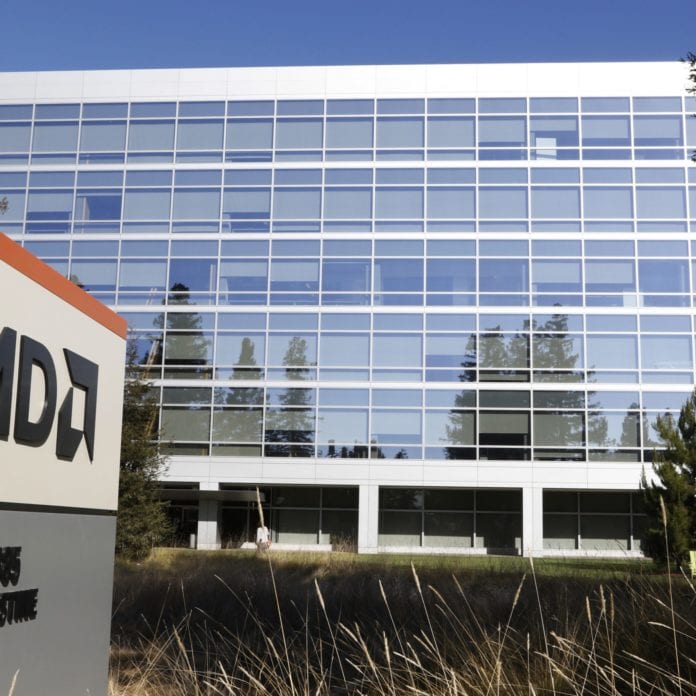AMD sees strong continued demand for Xilinx embedded systems and Pensando data center DPUs, according to the CEO
Advanced Micro Devices (AMD) on Tuesday issued fiscal third-quarter earnings that missed Wall Street expectations. The company reported Q3 revenue of $5.6 billion, gross margin of 42%, and an operating loss of $64 million. The operating loss was primarily the result of amortization of assets associated with AMD’s acquisition of Field Programmable Gate Array (FPGA) specialist Xilinx, the company said.
Third quarter results came in below the company’s expectations because of the softening PC market, said Dr. Lisa Su, AMD’s president and CEO. But the company was able to achieve 29% year-over-year revenue growth based on increased sales of data center, embedded, and game console products, she said.
AMD is predicting a 14% rise in sales during the current quarter. That’s still below what some market analysts were expecting, but better, overall, than AMD rival Intel is offering for its current quarter, which sent AMD’s stock rising in after-hours trades on Tuesday and before the market bell on Wednesday.
Revenue for AMD’s data center segment increased 45% year over year to $1.6 billion. Cloud revenue more than doubled year over year, Su noted, adding that Microsoft Azure and Amazon, Tencent, Baidu and other hyperscalers spun up more than 70 new AMD-powered instances during the quarter.
“Looking at the broader competitive landscape, our third-gen Epyc CPUs in market today are the highest performance and most energy-efficient x86 server CPUs available,” said Su.
Su noted that AMD’s year over year data center GPU sales were down; this time last year AMD was shipping products to fill the Frontier exascale supercomputer, made by Hewlett Packard and hosted at the Oak Ridge Leadership Computing Facility (OLCF) in Tennessee. Based on the Cray EX, it’s the successor to an earlier system called Summit. The system uses AMD CPUs and GPUs: 9,472 AMD Epyc processors and 37,888 Radeon GPUs.
“We remain on track to further expand our product portfolio in 2023 with the launches of our edge and telco-optimized Siena and cloud-optimized Bergamo processors,” said Su.
Cloud adoption is also driving sales of Pensando Data Processing Units (DPUs), Su said. Pensando DPUs have been qualified and validated by VMware for use in its data center deployments offerings from Dell, HPE and others. AMD acquired Pensando Systems earlier this year. Su said at the time of the acquisition, announced in May, that data center remains one of the company’s largest growth areas.
“Taking a step back, we have built significant momentum in our Data Center business as we have consistently executed our server CPU road map and expanded our solutions capabilities with the addition of the Xilinx and Pensando products to our portfolio,” said Su.
Xilinx also factored into AMD’s quarterly telco sales, said Su.
“We saw a particular strength in North America led by new 5G wireless installations and expanded wired infrastructure deployments. Overall demand for our Xilinx products remains strong as we continue to leverage AMD’s scale to secure additional supply to address this demand,” she added.
AMD CFO and treasurer Devinder Kumar offered more detailed guidance for the current quarter.
“On a sequential basis, Embedded and Data Center segments are expected to grow, offset by declines in the Client and Gaming segments. In addition, for Q4 2022, we expect non-GAAP gross margin to be approximately 51%; non-GAAP operating expenses to be approximately $1.55 billion or 28% of revenue; non-GAAP interest expense, taxes and other to be approximately $175 million based on a 13% effective tax rate; and diluted share count to be approximately 1.62 billion shares. For the full year, we expect revenue to be approximately $23.5 billion, plus or minus $300 million, an increase of approximately 43%, led by growth in the Embedded and Data Center segments. We expect non-GAAP gross margin to be approximately 52%,” said Kumar.

